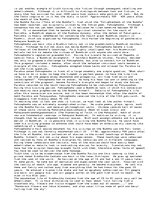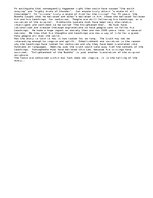is yet another example of truth turning into fiction through subsequent retelling and embellishment. Although it is difficult to distinguish between fact and fiction, a story that has survived for over 2500 years must contain some portion of fact. But do the facts inspire or is it how the story is told? Approximately 500 - 600 years after the death of the Buddha,
the Buddha-Karita ("Acts of the Buddha"), from which the "Enlightenment of the Buddha" has been reworked, was originally written by the Indian poet, Ashvaghosha. is yet another example of truth turning into fiction through subsequent retelling and embellishment. Although it is difficult to distinguish between fact and fiction, a story that has survived for over 2500 years must contain some portion of fact. But do the facts inspire or is it how the story is told? Approximately 500 - 600 years after the death of the Buddha,
the Buddha-Karita ("Acts of the Buddha"), from which the "Enlightenment of the Buddha" has been reworked, was originally written by the Indian poet, Ashvaghosha. Although a consensus has not yet been reached, it is believed he lived sometime between AD 50 - 150. It is documented that he became the spiritual counselor for the court of Kanishka, a Buddhist emperor of the Kushana dynasty, after the defeat of Pataliputra. . Kanishka is mostly remembered for convening the fourth great Buddhist council in Kashmir, which was organized by Ashvaghosha; this marked the beginning of pantheistic Mahayana Buddhism.
Ashvaghosha was born into a Brahmin family not in the predominantly Buddhist northern India. …


